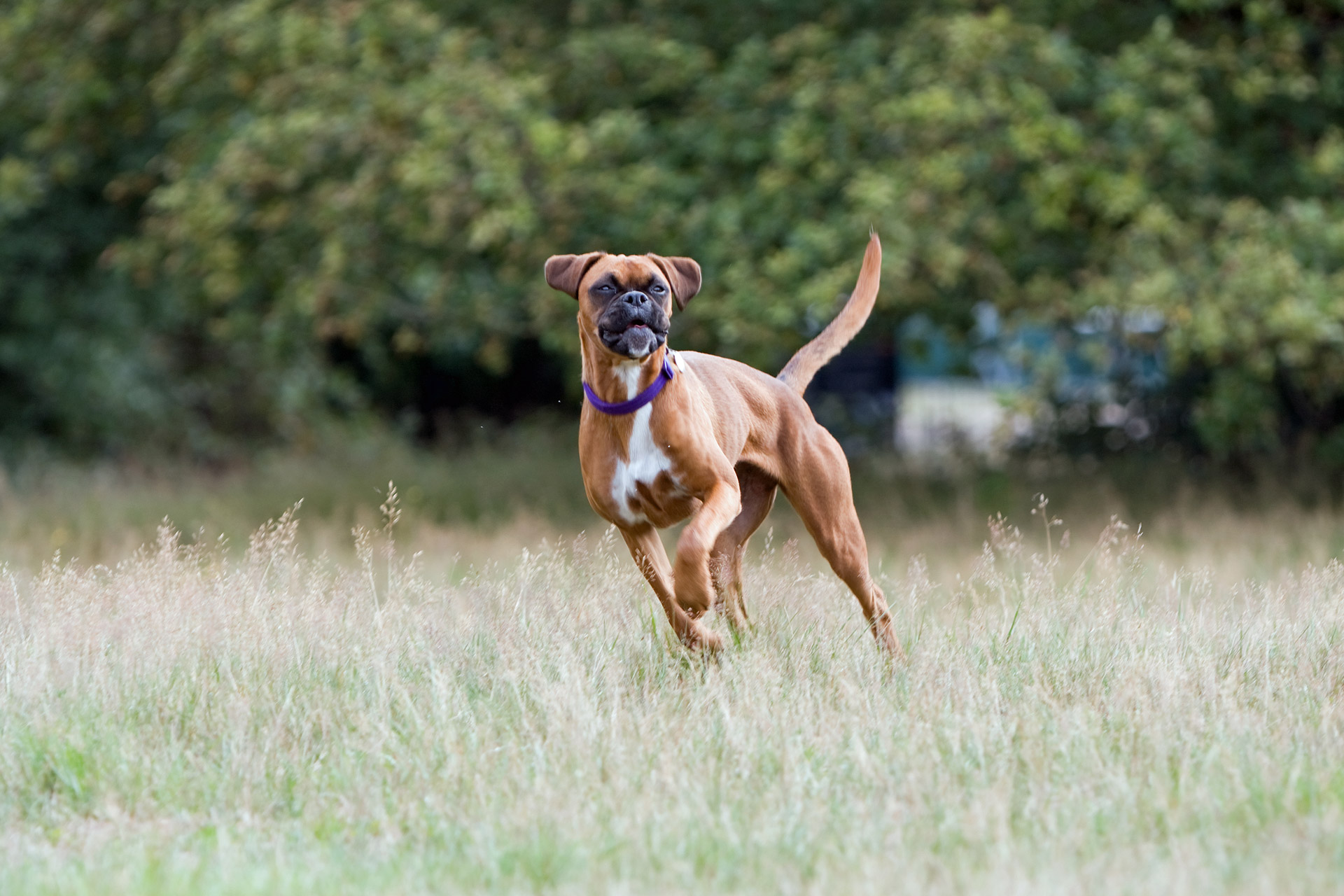Dogs are always talking — just not with words. Every wag, stretch, glance, and sigh is part of their language. When we learn how to “listen” to what they’re saying with their bodies, we can understand how they feel, help them feel safe, and even prevent problems before they start.
Why Body Language Matters
Dogs rely on body language to share how they feel about the world around them. Since they can’t say “I’m nervous” or “I need space,” they show it instead. When we miss or misunderstand those signals, we might accidentally put them in uncomfortable situations — like greeting a stranger too soon, hugging too tightly, or forcing play when they’d rather rest.
Learning their cues helps us respond in ways that make our dogs feel heard and understood. That builds trust, strengthens your bond, and makes your dog more confident in everyday life.
Reading the Signs of Stress
Dogs often show stress long before they bark, growl, or try to move away. These early signs can be easy to miss, but once you know what to look for, they’re surprisingly clear.
Here are some common signals that a dog might be feeling uneasy:
- Lip licking or yawning when they’re not hungry or tired
- Turning their head or body away from something or someone
- Sudden scratching, shaking off, or sniffing the ground for no clear reason
- Ears pulled back, tail tucked, or body lowered
- Frozen posture — standing still with tense muscles
When you notice these signals, pause. Give your dog space, move them away from what’s bothering them, or take a break. These small adjustments can keep stress from turning into fear or defensive behavior later on.
Avoiding Conflict Before It Starts
Most conflicts — whether between dogs or between dogs and people — happen when early warning signs are ignored. For example, imagine a dog turning their head away as another dog approaches. If their person doesn’t notice and keeps walking forward, the dog might suddenly growl or snap to protect their space.
That growl isn’t “bad behavior” — it’s communication that’s gone unheard for too long. When we notice the quieter signals and step in early, we help our dogs stay calm and safe.
Building a Stronger Connection
When you respond to your dog’s signals with patience and understanding, something amazing happens: your dog starts communicating even more clearly. They learn that you’re paying attention and that you respect their feelings. Over time, that trust creates a deeper bond — one where your dog feels safe being themselves.
In Summary
Your dog’s body language is their voice. By learning to read it — the soft signals, the subtle movements, the moments of stillness — you become their best advocate. You’ll prevent stress, avoid conflict, and build a relationship rooted in trust, safety, and understanding.
When we truly listen to our dogs, they don’t have to shout to be heard.
